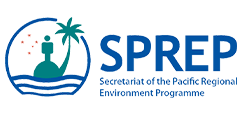Plastic crisis in the Pacific Islands
Pacific Island countries are large Ocean states. Our people have an intricate and intimate relationship with the Ocean; one that defines us as a Pacific people. But our peaceful and harmonious co-existence with the Ocean is under threat.
Despite contributing less than 1.3 per cent to global plastic pollution, Pacific Island populations are disproportionately affected by the plastic pollution crisis.
Plastic pollution threatens the livelihoods of Pacific communities that are dependent on coastal systems for food, trade and tourism. Plastics adversely affect fish and other marine life, coral reefs, beaches and mangrove forests, and devalues the amenity of coastlines, threatening the growing tourism sector.
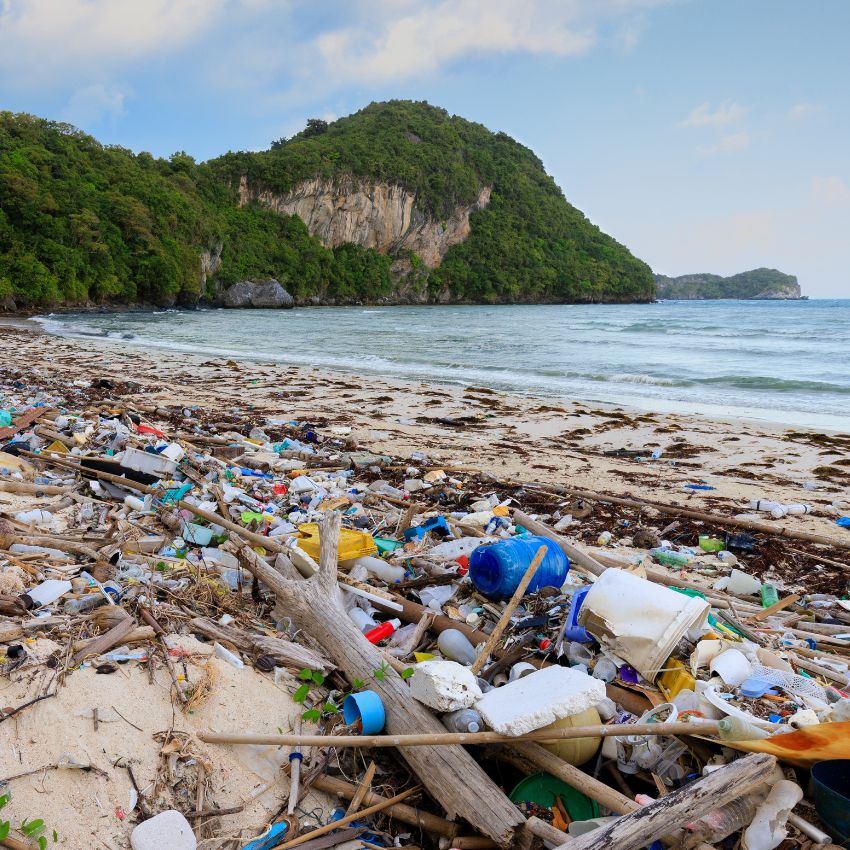
Impacts of plastic waste
Plastic pollution in the ocean has a devastating impact on marine life and ecosystems. The most obvious one being the damage plastic items cause to animals when they come into contact with or ingest them, which include suffocation, entanglement, laceration, infections, reduced ability to swim, and internal injuries. Floating plastics also help transport invasive marine species, thereby threatening marine biodiversity and the food web..
Learn More
Plastic particles have been found in human placenta, breastmilk, blood and present in all samples collected in the world’s oceans, including the Arctic. Several chemicals used in the production of plastic materials are known to be carcinogenic and to interfere with the body’s endocrine system, causing developmental, reproductive, neurological, and immune disorders in both humans and wildlife. When marine organisms ingest plastic debris, these contaminants enter their digestive systems, and over time accumulate in the food web.
Learn More
Plastic waste damages the aesthetic value of tourist destinations, leading to decreased income from tourism. It also generates major economic costs related to the cleaning and maintenance of the sites. The build-up of plastic litter on beaches can have a negative impact on a country’s economy, wildlife, and the physical and psychological wellbeing of people.
Learn More
Ninety-nine percent of plastics come from fossil fuels, and plastics production is estimated to produce more than 400 million tonnes of greenhouse gases (GHGs) per year. This figure does not include emissions from waste management (including transport), mismanagement, and degradation of plastic products. Incineration of plastic waste releases carbon dioxide and methane (from landfills) into the atmosphere, thereby increasing emissions.
Learn More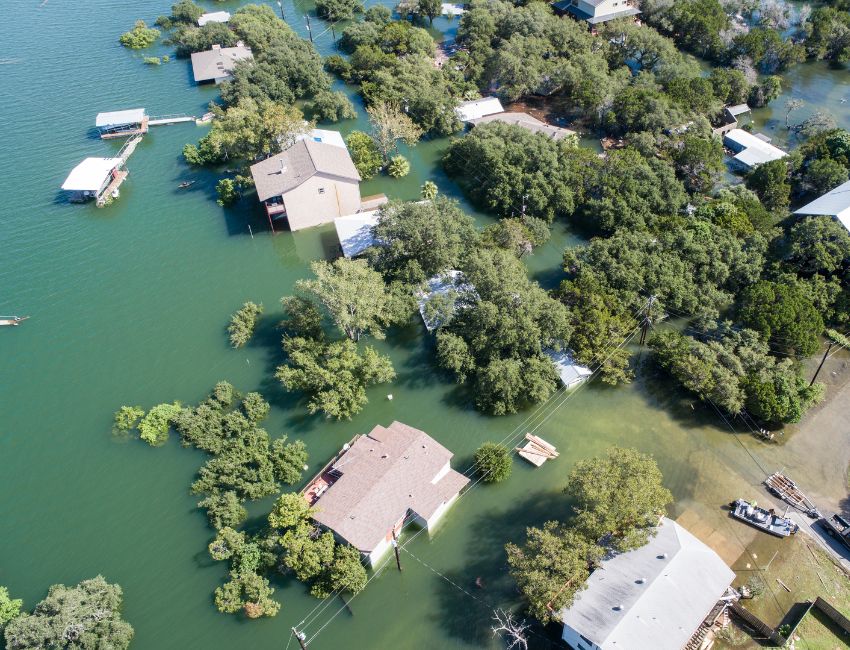
Check out the latest news
from around the world
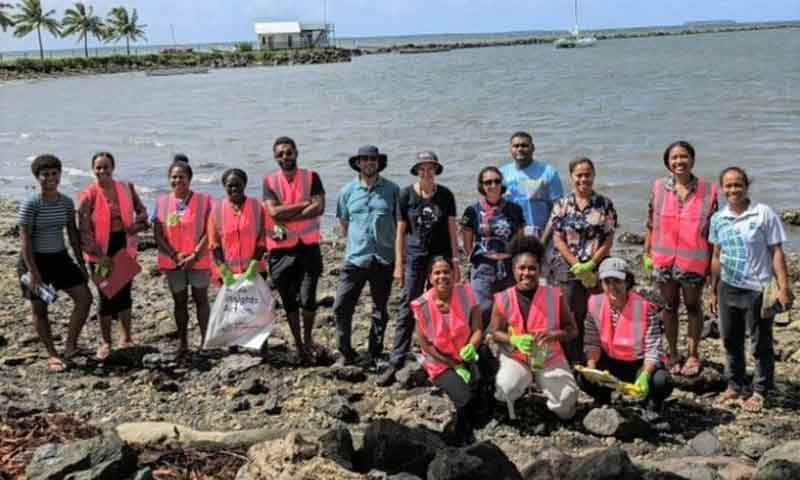
Trainings lay the foundation for Marine Litter Pilot Project in Fiji
The Secretariat of the Pacific Regional Environment Programme (SPREP) through the Agence française de développement ...
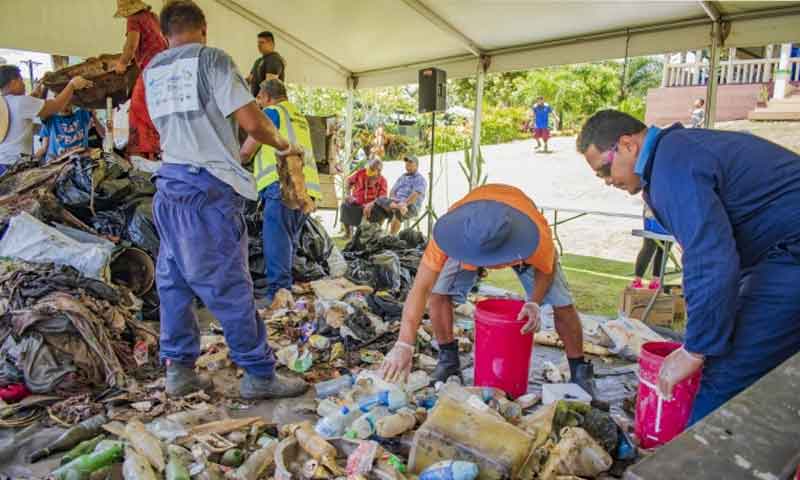
A regional commitment to address marine litter in the Pacific
The scale and rapidly increasing volume of marine litter and plastic pollution is putting the health of all the world’s oceans...
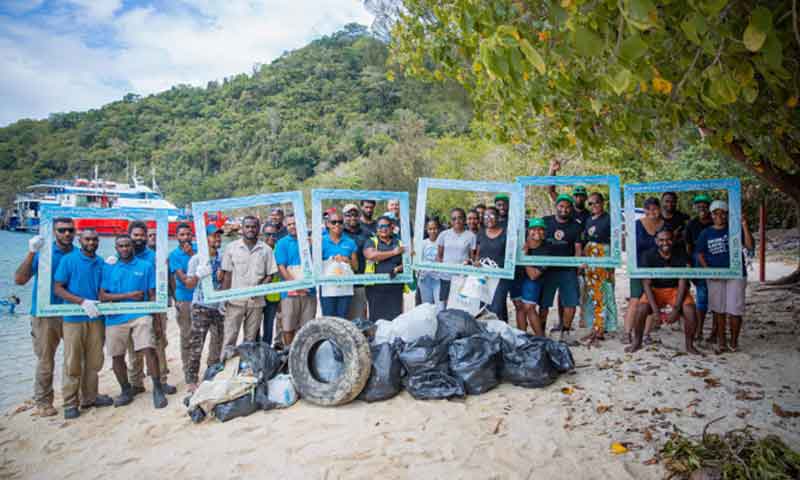
SWAP project pushes for cleaner Pacific ocean
Waste Management and Pollution Control Marine litter negatively affects the environment, people and coastal...
